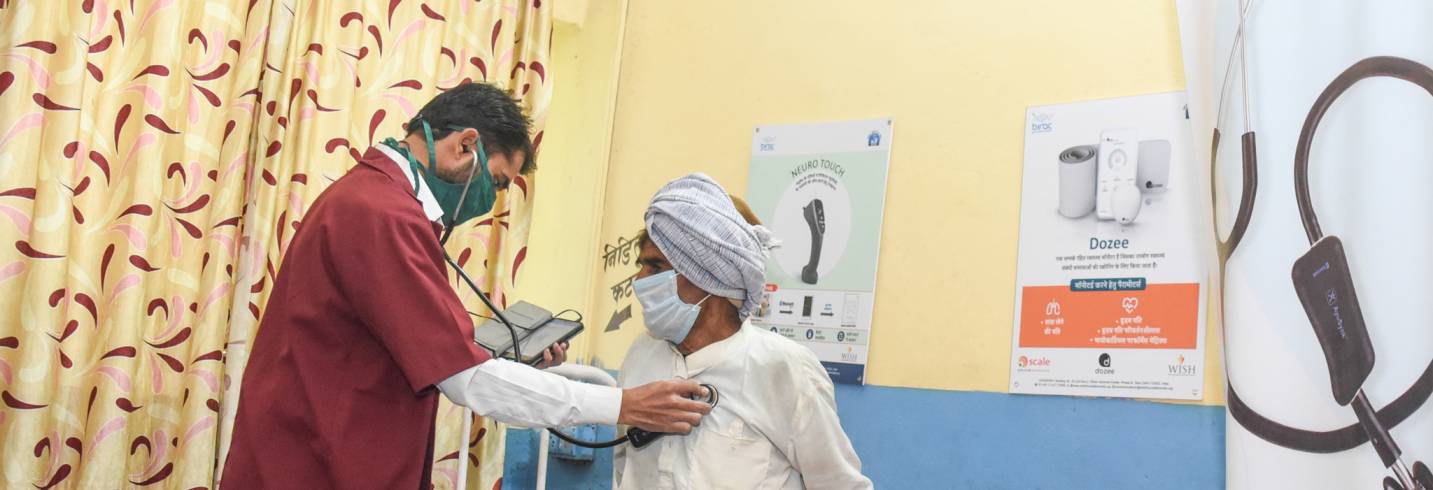
Healthcare Innovations
A robust primary healthcare forms the strong foundation of any health system. To attain universal health coverage and achieve health-related sustainable development goals (SDG), 197 countries ratified the Declaration of Astana in October 2018. Developing countries such as India need to ensure quality primary healthcare for all to achieve these goals.
Maternal and child mortality, communicable diseases, non-communicable diseases, mental health and healthcare workforce are key priority areas for good health and well being of all age groups. A major shift in the approach towards primary healthcare delivery is critical for developing countries to attain Sustainable Development Goals (SDG 3). Thus, healthcare innovations and their role, especially in the budding economies is of significant importance to achieve universal health coverage through comprehensive primary healthcare.
Developing countries are immensely burdened with maternal and child healthcare gaps coupled with the burden of non-communicable diseases, particularly in the marginalized section of the society. Technology has the potential to mitigate these issues and offer possible solutions and affordable point-of-care diagnostics. Innovations in medical technology can help create and deliver new and affordable healthcare products and solutions in remote and difficult terrains, having poor health indicators and high levels of poverty. However, it is imperative that the process innovations and innovative point-of-care diagnostic devices are selected prudently so that they have a large-scale impact.
WISH along with other players in the healthcare innovation ecosystem is going all out to implement state-of-the-art technological solutions to ensure large-scale and quality healthcare service availability and impact. The organization is leveraging the below mentioned innovative technological solutions in its intervention states:
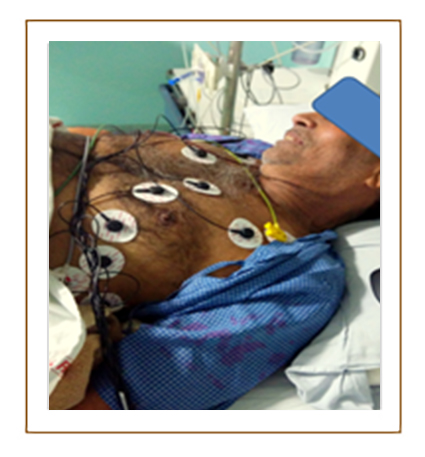
Accurate Tele-Electrocardiogram on Mobile or ATOM – An innovation by Cardea Labs, this is an ECG device used primarily in primary healthcare centers and outreach camps in remote areas. This innovation has the potential to create a revolution in cardiac screening services for the vulnerable and marginalized population across the country.
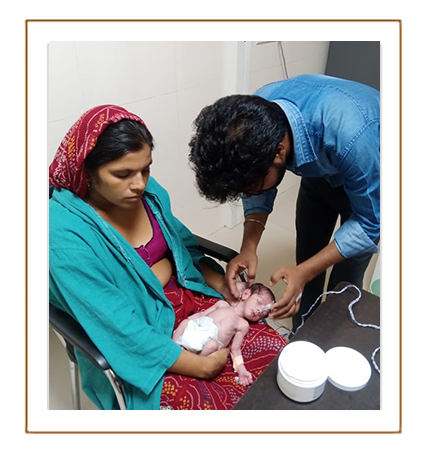
SOHUM – This is a hearing screening device developed to address the concerns of low diagnostic accuracy, requirement of noise proof rooms and skilled health workers. This portable, compact and easy to use device uses selective artifact rejection technology that elminates the use of sedatives and enables usage in noisy environments. Its unique algorithm provides sensitivity and specificity and is based on a reusable, easy to clean electrode system. The device and technology has been extermely successful in the clinical trials conducted till now.
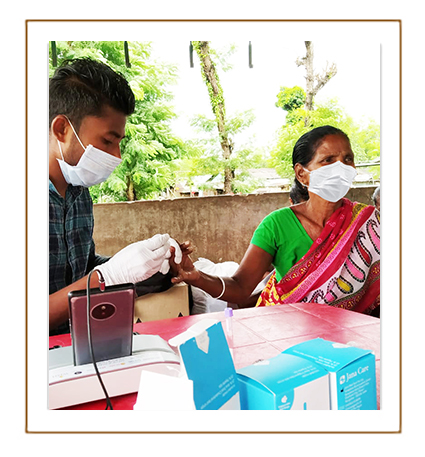
AINA – This is a blood monitoring system which provides real – time, lab-quality results that too within minutes. It is connected to the cloud-based EMR system having an integrated patient registration and check-in system. This innovation provides a wide range of screening/diagnostic test like Hemoglobin (HB), Glycosylated Hemoglobin (HbA1c), Random Blood Sugar (RBS), Total Cholesterol (TC), High-Density Lipid Cholesterol (HDL) and Triglycerides (TGs) and has the capacity to aid diabetes prevention and care provisions to the most marginalized sections across remote locations.
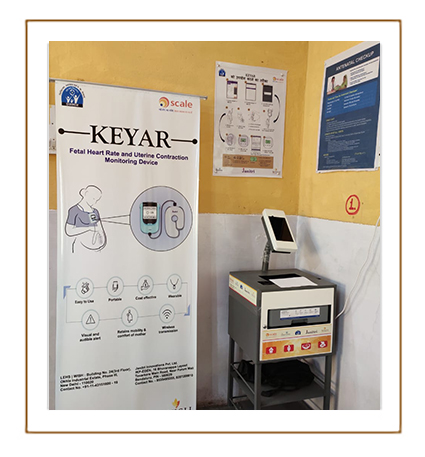
KEYAR – This is an advanced version of e-electropartograph. An affordable, easy-to use and portable device used for continuous monitoring of the foetal heart rate and uterine contraction during intra partum period. The device monitors both these parameters, analyses the pattern and gives color coded/sound alerts in case the foetus is in any distress. Ideal for usage in areas with minimalistic resources and remote locations, the analysis of the device can be easily interpreted by low-skilled health worker as well.
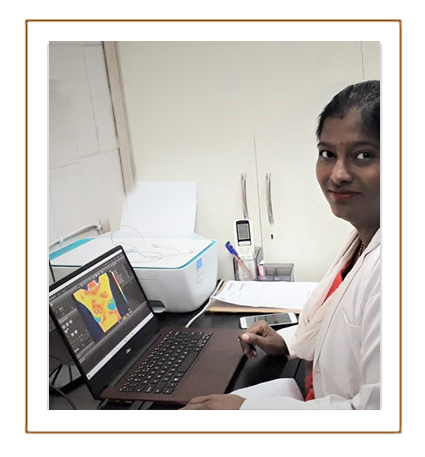
NIRAMAI – This is a solution used for analyzing thermal images. The solution uses high resolution thermal sensing device and a cloud-hosted analytics solution. The analysis is a combination of big data analytics, artificial intelligence and machine learning. It is used for quick, early, reliable and accurate breast cancer screening in difficult and remote geographies with limited resources.
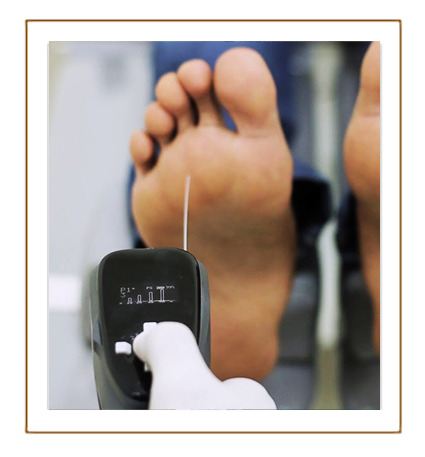
NEUROTOUCH – This is a point of care, battery operated, multi-parameter diagnostic device used by professional doctors. The device helps in screening diabetic patients for symptoms of peripheral neuropathy. This single device is loaded with monofilament, vibration perception threshold (VPT) probe, infrared thermometry and hot and cold perception. The device is combined with an app using the smart phone to generate screening test reports which can be transferred to an online server. The securely stored data on the online server is available to the physician whenever required.
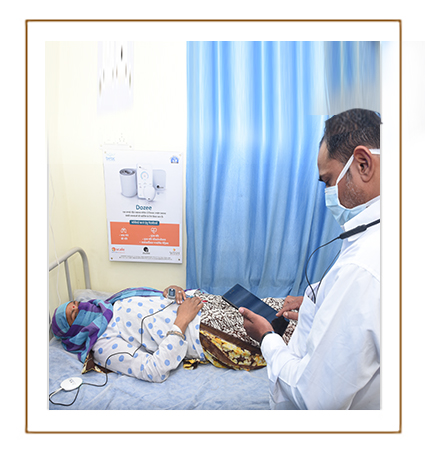
DOZEE – This is a contact free health monitor and personal health companion. The device is used to monitor heart health, respiration, sleep cycle, and stress levels with high accuracy. The test is conducted while an individual sleeps and it provides personalized recommendations from health experts. The device can accurately measure heart rate, respiratory rate, heart rate variability and myocardial performance index within 10 minutes at the health facility itself. The device can also measure blood pressure and SpO2 on out patients after integrating suitable accessories.
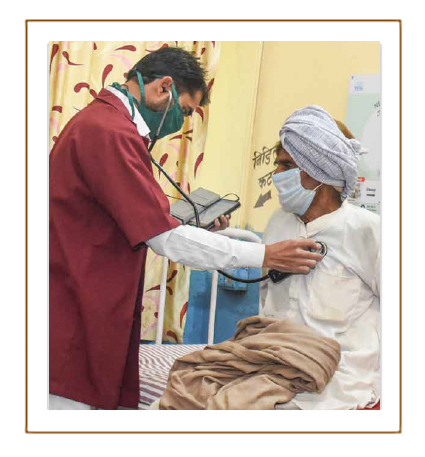
AYUSYNK – This is a device used to provide heart and lung sound amplification, recording & playback, phonocardiogram and sharing and analysis of auscultated heart and lung sounds. Wireless connectivity to a phone/laptop enables computational analysis of heart and lung diseases. The device has been developed with support of BIRAC, IIT Mumbai and commercialized by Ayu Devices Pvt Ltd.
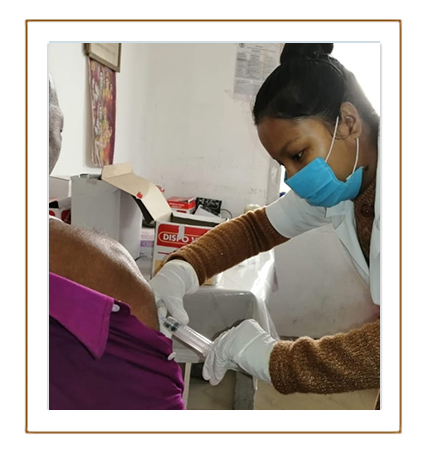
ENJECT –This is a single-use safety syringe used for pre-filled injections and vaccine delivery. The syringe has a passive spring-actuated needle, which prevents reuse.
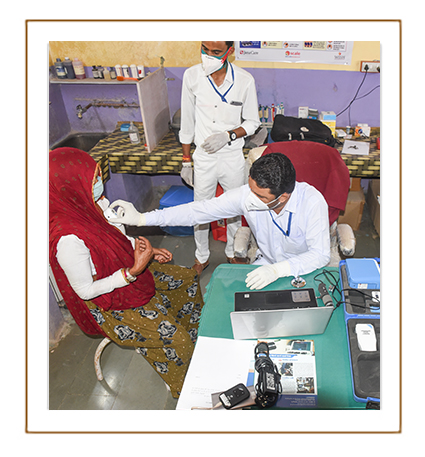
REMEDINOVA – This is an indigenously developed diagnostic system designed specifically to make healthcare more accessible for marginalized populations living in remote geographies. The system uses cloud technology, 35 point-of-care diagnostics, and smartphones. This innovation has an extremely customizable workflow which can be used at any level across primary healthcare system. As per the need of the target population a wide range of diagnostics can be offered.
NHA Innovation Unit
The NHA Innovation Unit (NIU), established and operationalized by LEHS|WISH, is the dedicated arm of National Health Authority (NHA), Government of India. It was set up to accomplish the goal of access to quality and affordable healthcare for all. The Indian healthcare system, in general, struggles in terms of quality and affordability. It has prompted several healthcare start-ups and entrepreneurs to develop innovative solutions. These solutions are aimed at overcoming systemic barriers to provide high quality healthcare.
One of the critical challenges faced by healthcare start-ups and entrepreneurs is the adoption of innovations by the public and private healthcare systems. To this end, the NIU focuses on enabling a seamless path in the ecosystem that allows mainstreaming of innovations by facilitating institutional linkages, robust piloting and validation, and public and private procurement, etc.
Another challenge faced by healthcare start-ups is Market Access to innovations. Though there are many public and private sector innovation initiatives, but they lack a clear pathway for market accessibility. It doesn’t allow them to realize their full potential. Therefore, in order to improve market access for need-based innovative solutions, NIU has made a focused effort through its flagship initiative – the Market Access Program (MAP). It has been designed to help commercialize and scale up innovations to improve the healthcare delivery system.
